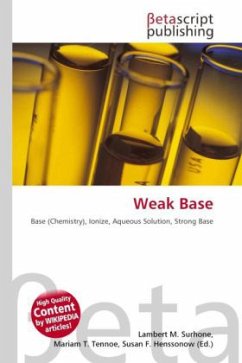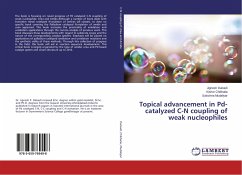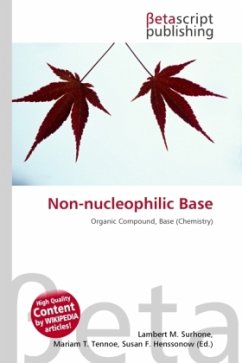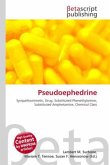High Quality Content by WIKIPEDIA articles! In chemistry, a weak base is a chemical base that does not ionize fully in an aqueous solution. As Bronsted-Lowry bases are proton acceptors, a weak base may also be defined as a chemical base in which protonation is incomplete. This results in a relatively low pH level compared to strong bases. Bases range from a pH of greater than 7 (7 is neutral, like pure water) to 14 (though some bases are greater than 14). Since bases are proton acceptors, the base receives a hydrogen ion from water, H2O, and the remaining H+ concentration in the solution determines the pH level. Weak bases will have a higher H+ concentration because they are less completely protonated than stronger bases and, therefore, more hydrogen ions remain in the solution. If you plug in a higher H+ concentration into the formula, a low pH level results. However, the pH level of bases is usually calculated using the OH- concentration to find the pOH level first.
Bitte wählen Sie Ihr Anliegen aus.
Rechnungen
Retourenschein anfordern
Bestellstatus
Storno








